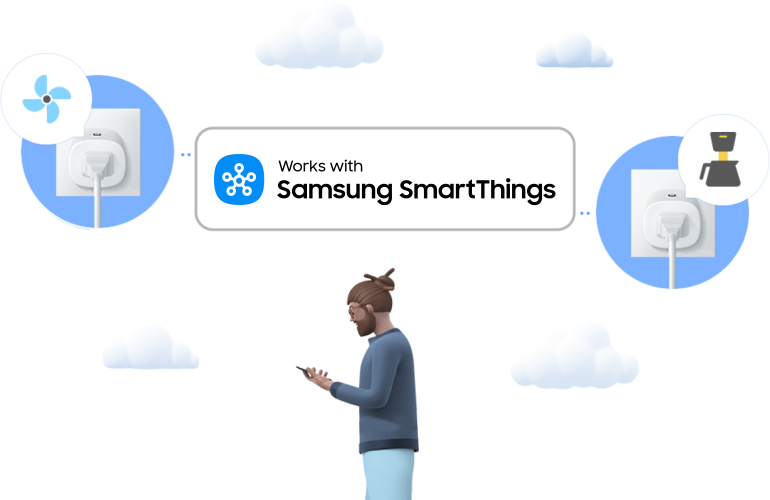A SmartThings “hackineer” explains what he does, why it matters, and why the people driving the latest technology revolution forward aren’t those that you’d expect.

I’m a hackineer. A title that has no specific job duties, no strong guidelines, and lots of room for interpretation. It’s a title we made up. I build things, break things, hack things, and create things. I’ve made SmartThings devices that can make you a mixed drink when you come home from work, feed pets as soon as they get hungry, and others that simply turn itself on or off when you tell it to.
Recently, I was sitting on a bench overlooking a lake in Minneapolis and chatting with a friend. While discussing what’s new at work and different projects I’m working on, I casually mentioned that it would be cool to make a little “smart” boat to putter around the lake. Maybe it could report data back to the user, or just be controlled through the SmartThings app. Not a big tech person, my friend looked at me, shrugged, and asked, “What’s the point?”
It was a normal question, but it caught me off guard and left me speechless. It was something that seemed so straightforward to me and so foreign to him, and it bothered me all day that I couldn’t articulate why this mattered.
People in our office are always dreaming up new and different ways to use SmartThings. An automatic butter spreader? Yes. A tennis ball cannon? Sure. A controllable super soaker? Why not. Innovation isn’t just encouraged around here, it’s championed. Never once has anyone in the office ever asked, “What’s the point?”

When you work in a fast-paced, head-down environment, it’s easy to get absorbed in what you’re doing. Admittedly, those of us who are designing the Programmable World often forget to stop and explain why it’s important to people in a way that doesn’t sound too technical. And as I thought about it more, one of the reasons my friend’s question bothered me so much was because I can build, hack, dissect, and create new inventions all day long as a hackineer, but it’s everyday people like my friend who are going to be the ones to propel SmartThings into the future.
The “point” is not about making a robot who pours you mixed drinks or a boat that putters around a lake, or even about any single device. It’s about building a platform and driving a technology forward that allows everyone from tech novices to experienced developers to customize it and use it in a way that makes their lives easier, better, and more fun.

Think of it this way: The people who invented the microwave transmitters were smart, but the person who thought, “…Can I zap chicken with this thing?” is the one who changed the world. The people who invented the Internet were brilliant, but the person who came up with the simple idea to let people post pictures and profiles of themselves and create a social network changed the way we live. The technology and projects that our team of developers are working on is new and exciting, but what’s going to be innovative and game changing are the ways that other people use our products and technology to create meaningful improvements in their lives.
It’s my job to create new things. And it’s my goal to build an open, limitless platform that not only offers people dozens and dozens of out-of-the-box solutions that can make their homes safer, smarter, and more fun; but that’s also dynamic and flexible enough to inspire others to think about how they can customize the product to respond to their needs and make it an integral staple in their lives.
So what do I want to build today? The world’s first smartphone-powered floating science station that records chemical readings, takes close-up pictures of wildlife when they approach, and–for good measure–tells a bar back on the dock to automatically pour you a shot of whiskey every time it takes a reading or snaps a photo. I want to build it because it’s new and different.
And because I can.




